iGWL-RW series
Robot Laser Welding Machine
Robot laser welding machine is composed of special fiber laser head, high-precision capacitance tracking system, fiber laser and industrial robot system; it is an advanced equipment for flexible welding of metal sheets of different thicknesses from multiple angles and directions. It is widely used in metal processing, machinery manufacturing and auto parts manufacturing that require processing of three-dimensional workpieces.
The laser welding robot is a robotic system equipped with a laser generator and dedicated software designed to perform welding operations on various materials. It combines robotic precision with laser technology for efficient and accurate welding operations.The combination of laser welding and robots has the advantages of automation, intelligence and high flexibility, and can be used for welding complex surface materials.
Optional laser power 1500W-3000W; support customization.

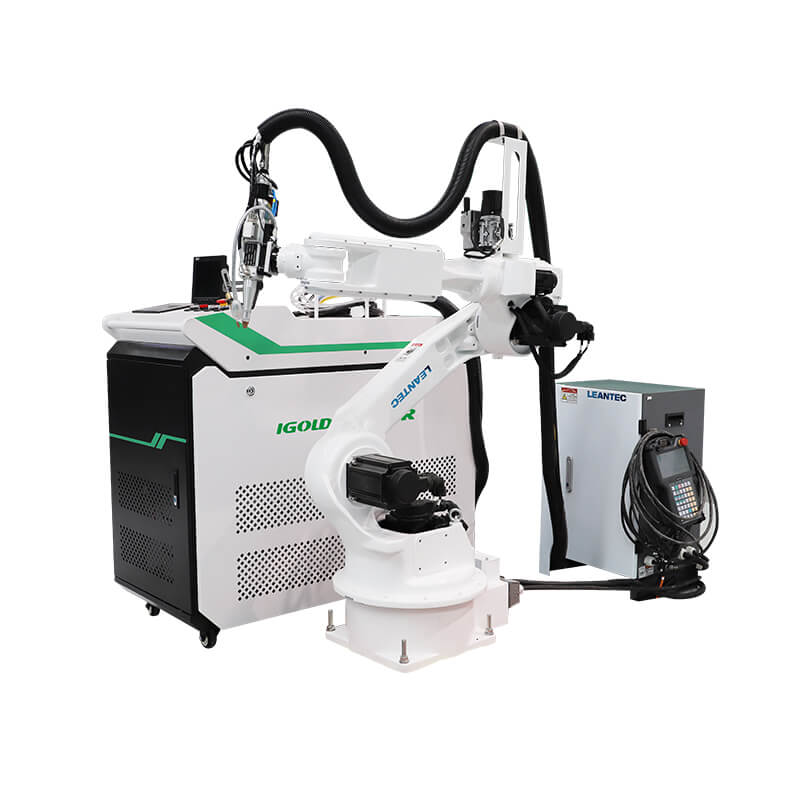
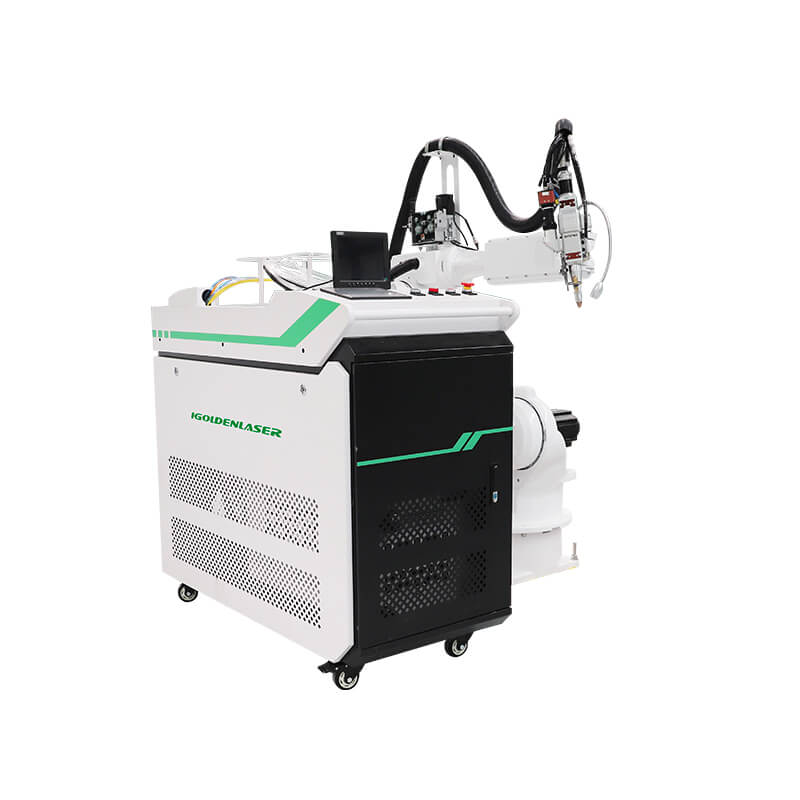
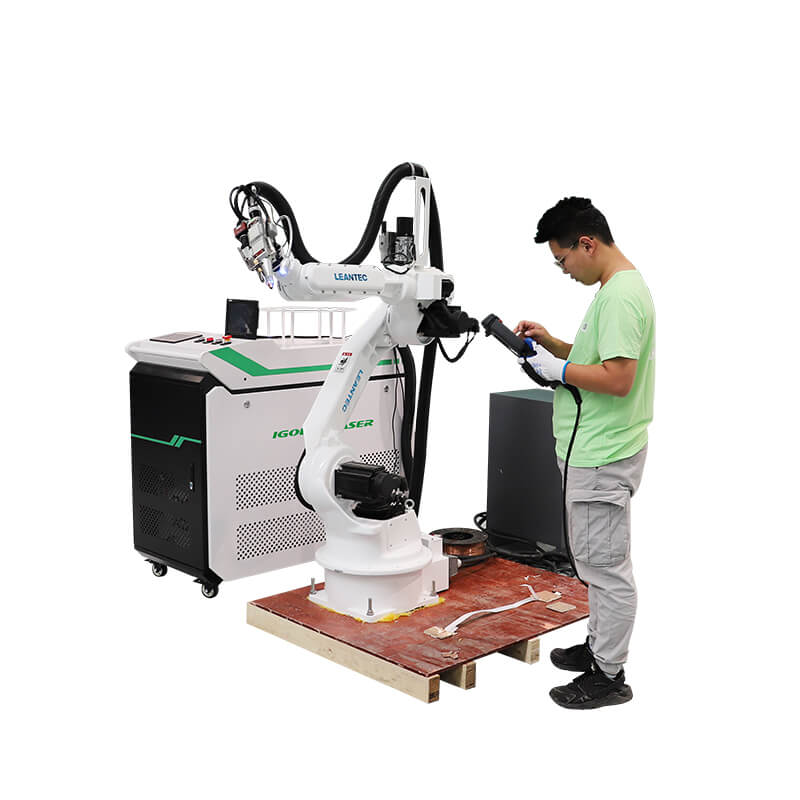
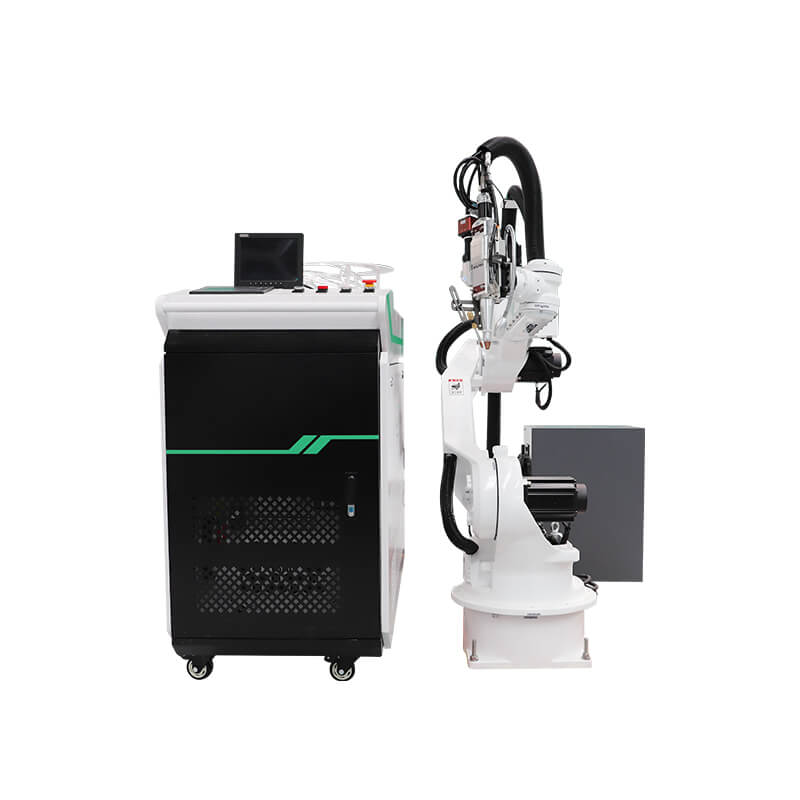
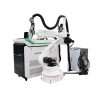
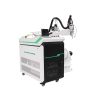
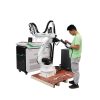
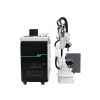
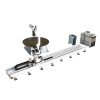
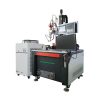
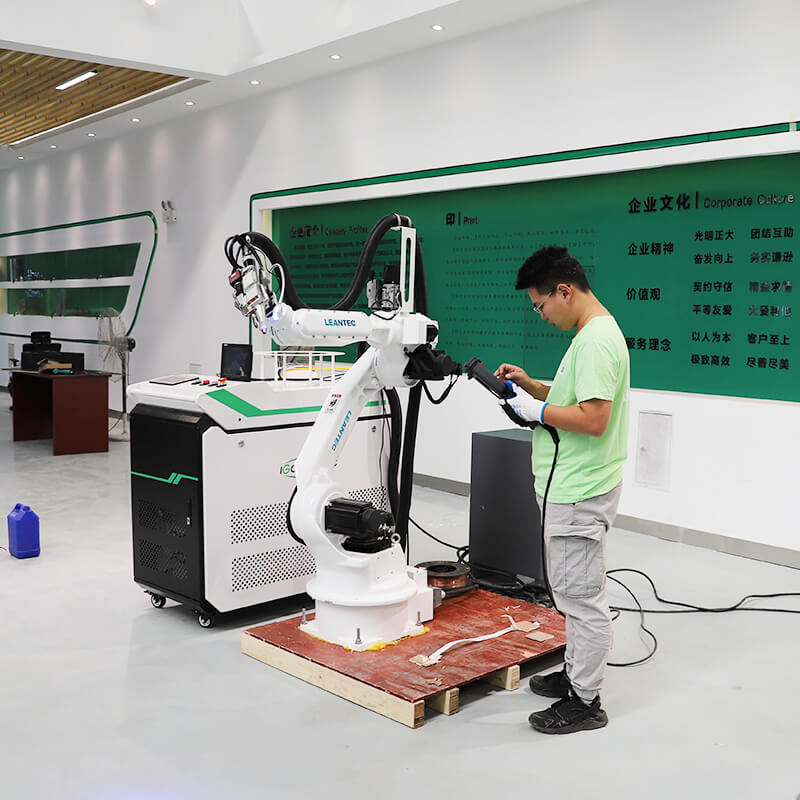
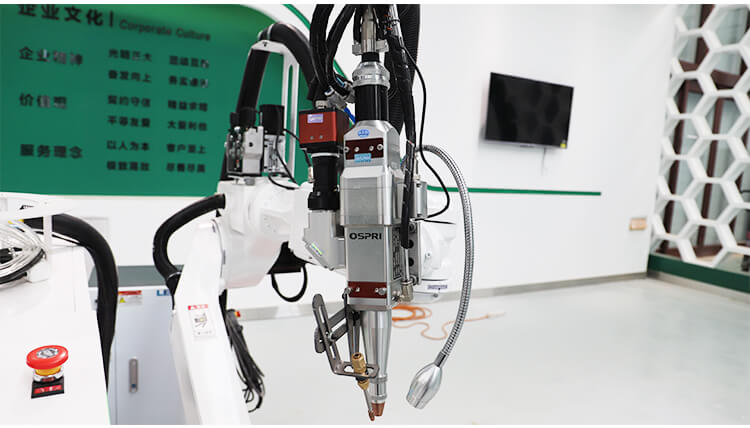
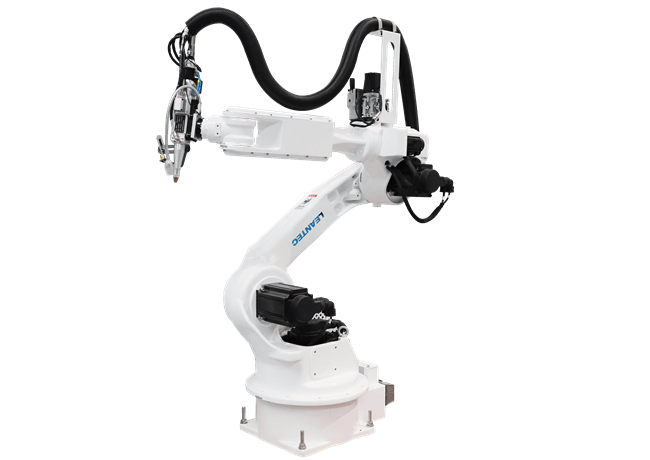
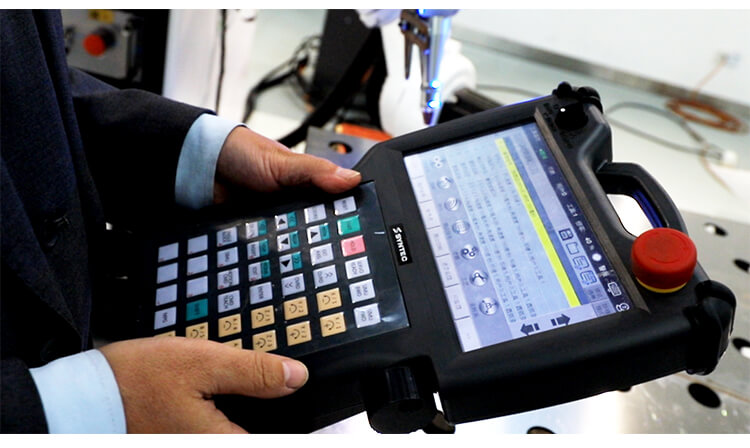


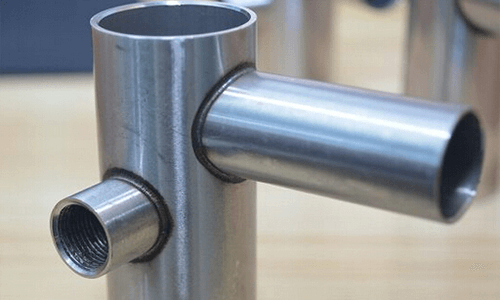

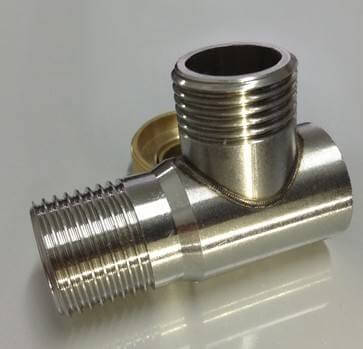

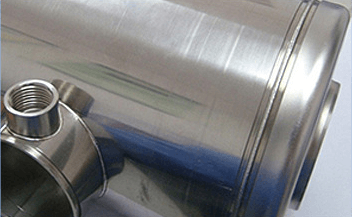
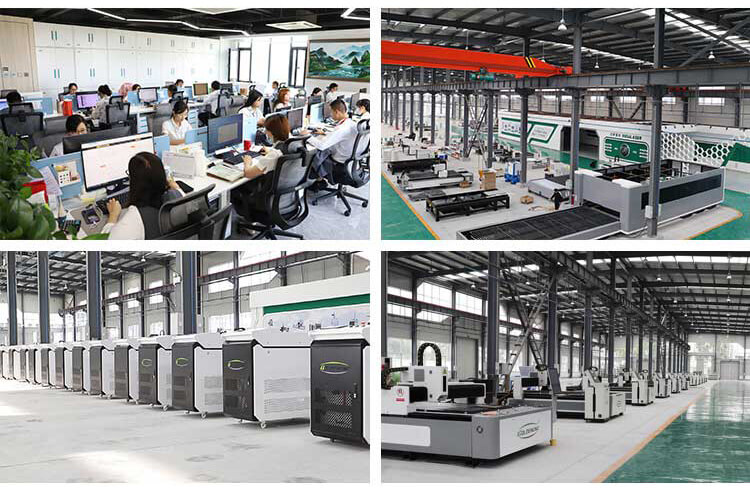
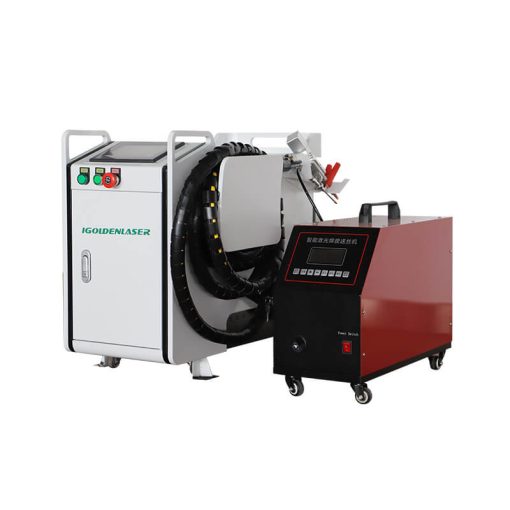
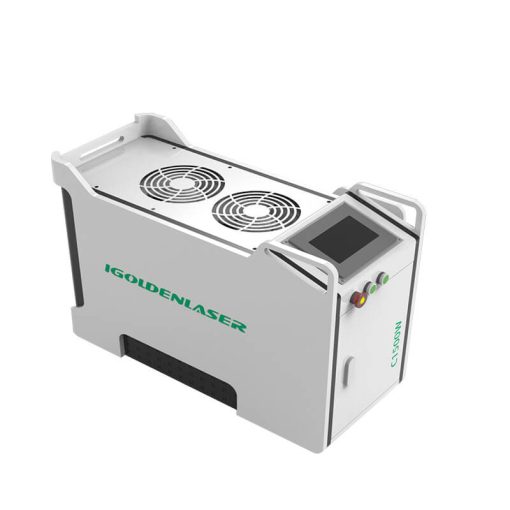


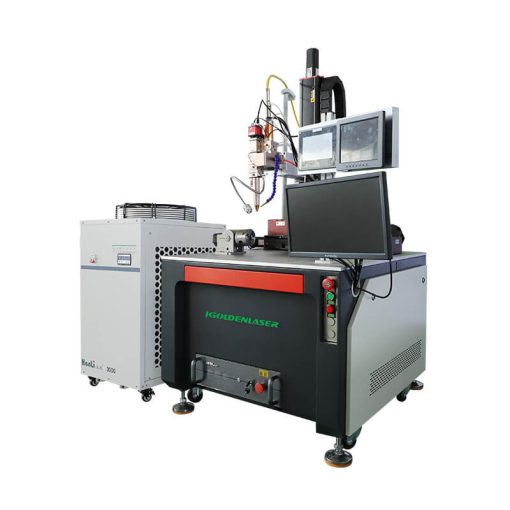
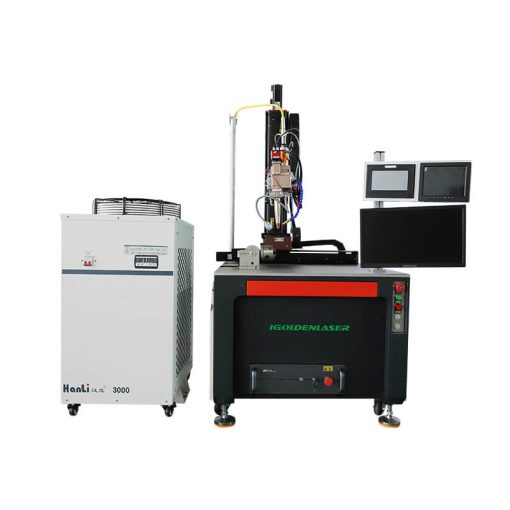
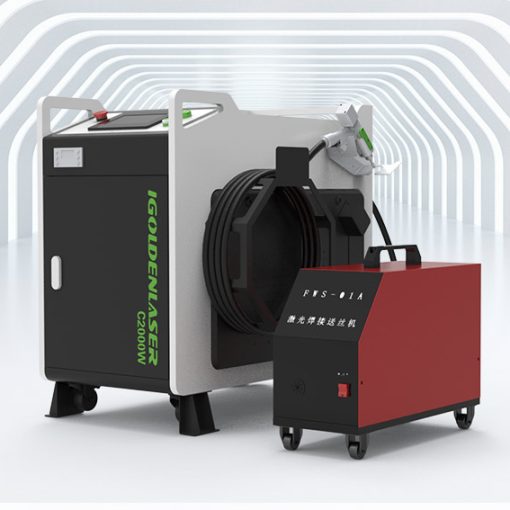
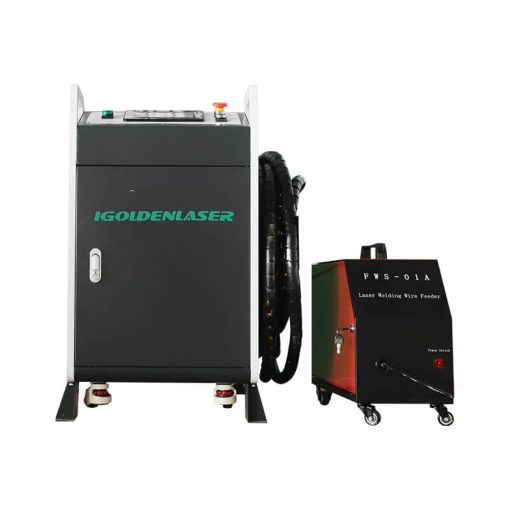
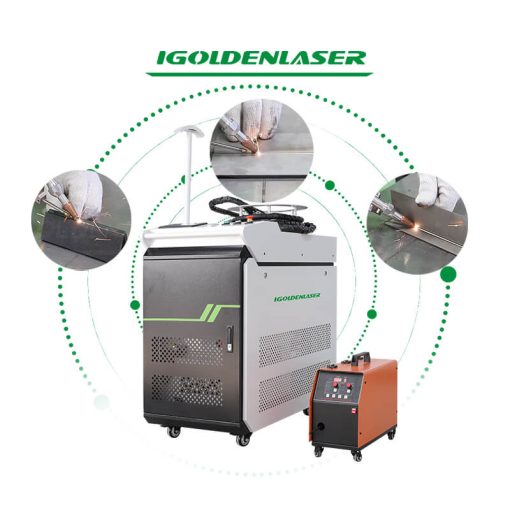
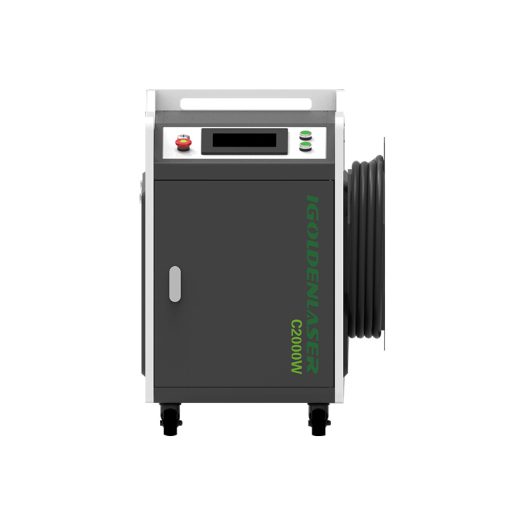
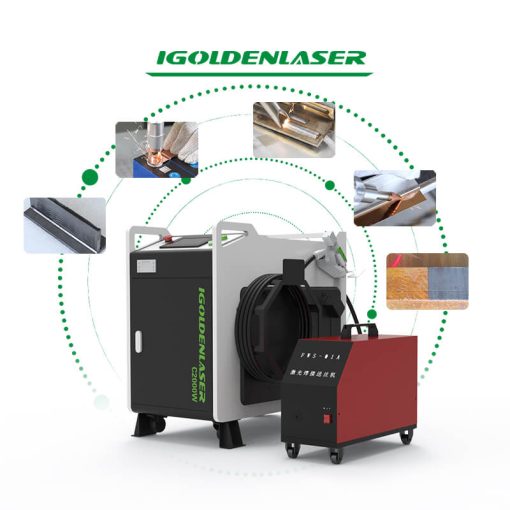
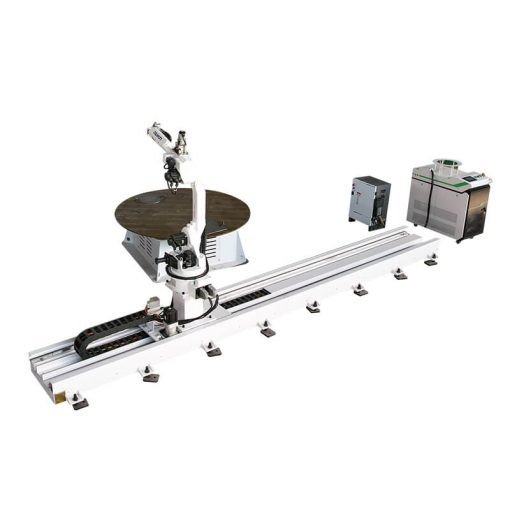
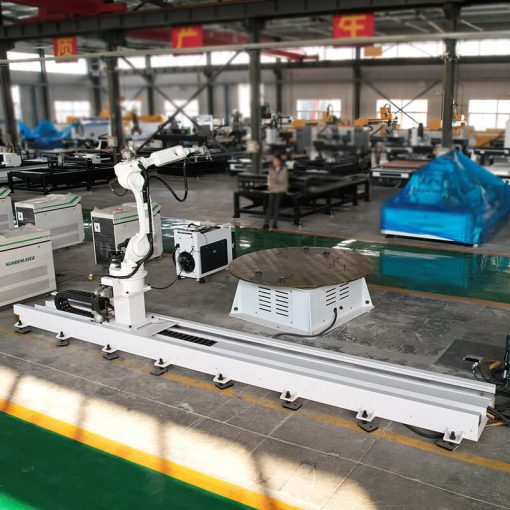
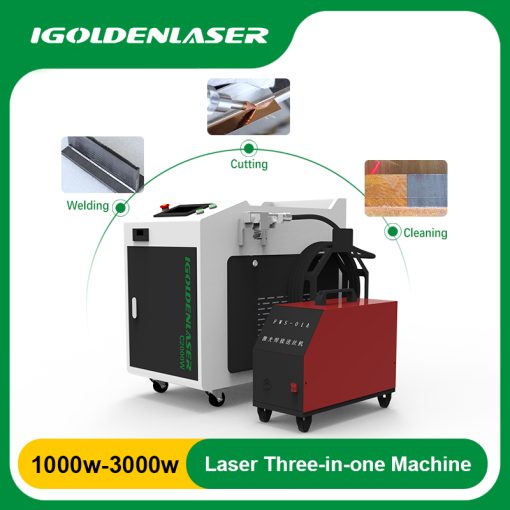
Kevin –
I am very satisfied with the price of this fiber laser welding machine, it is within my acceptable range.